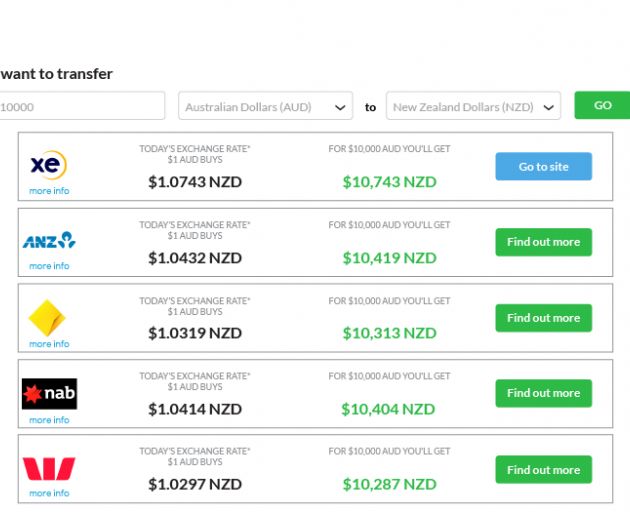On February 25 the New Zealand dollar peaked for the year at 0.74c against the USD, since then the NZD has fallen to as low as 0.69c on June 19. It remains to be seen which direction the NZD will move next but it would be a prudent move for businesses to prepare for a weaker NZD.
The graph below highlights the volatility of the NZD against the USD.
The impact of a falling dollar
As of June 29, a USD $1000 purchase would cost you NZD $1430 which is significantly more than the NZD $1340 you would have paid on Feb 24. The larger you purchase and the weaker the NZD is, the more you will pay for overseas purchases.
For this reason it helps to look at ways save on costs for purchases.

How can you save overseas currency transfer?
Two options to save on overseas cost is to pre-purchase when the NZD is strong or hedge currency movements using forward contracts or options.
While these plans can save on costs, they require planning, time and skills most businesses do not have.
The easiest way to save for overseas purchases.
The easiest and simplest thing to do is to use an overseas money transfer service that has low costs and a good exchange rate. This means not using a bank for transfers.
Justin Grossbard from Compareforexbrokers.com explained that banks can be one of the most expensive options available, "bank exchange rates are generally not competitive, include fees and transfers can take up to 5 days".
Instead Justin recommends considering a money transfer service such as XE, TransferWise or OFX. In the case of XE you get better exchange rates than bank and no fees from XE’s end meaning significant saving. While Sign up can take a day (due to anti-laundering requirements), transfer is instant.
The below comparison show using a transfer company can save using XE vs a bank.













